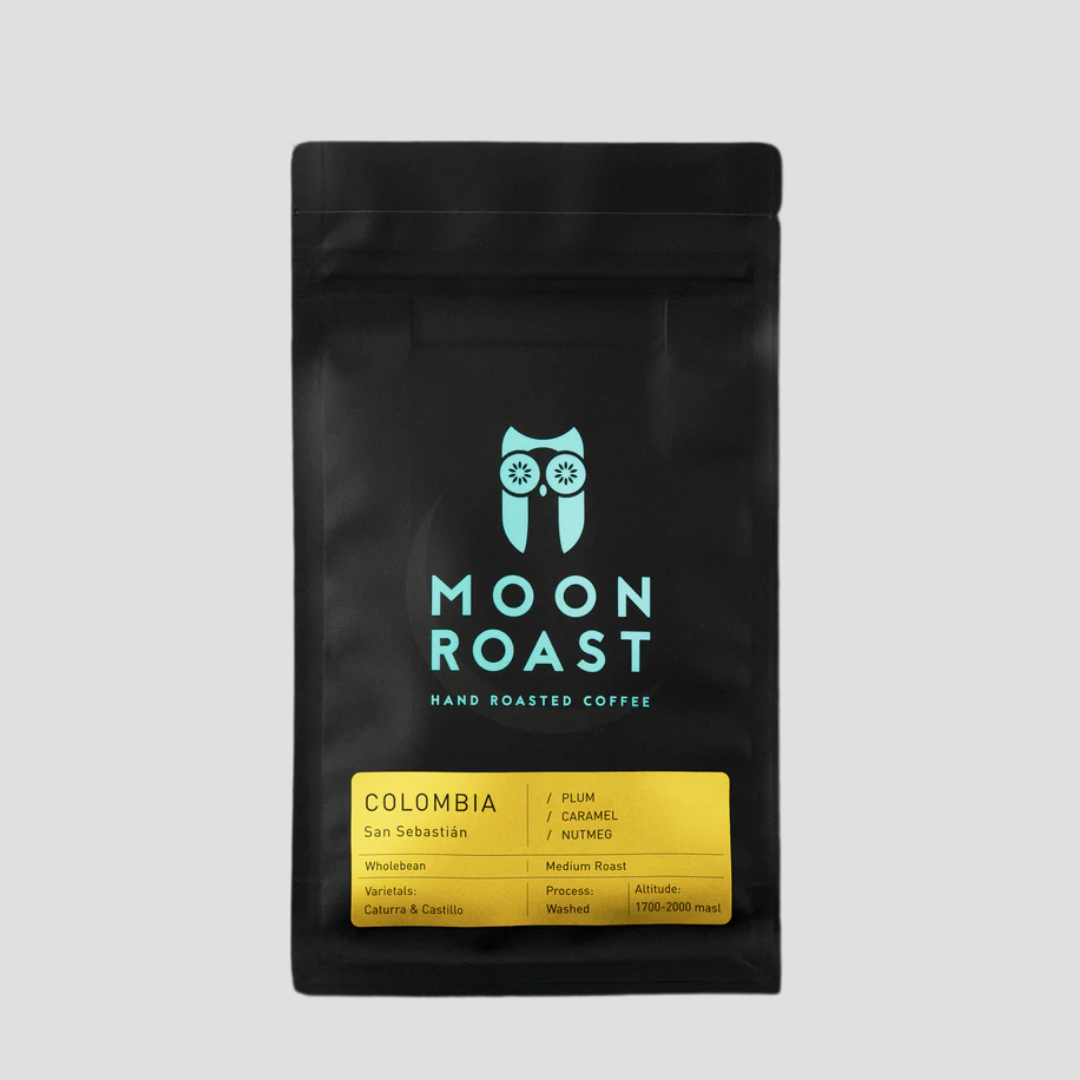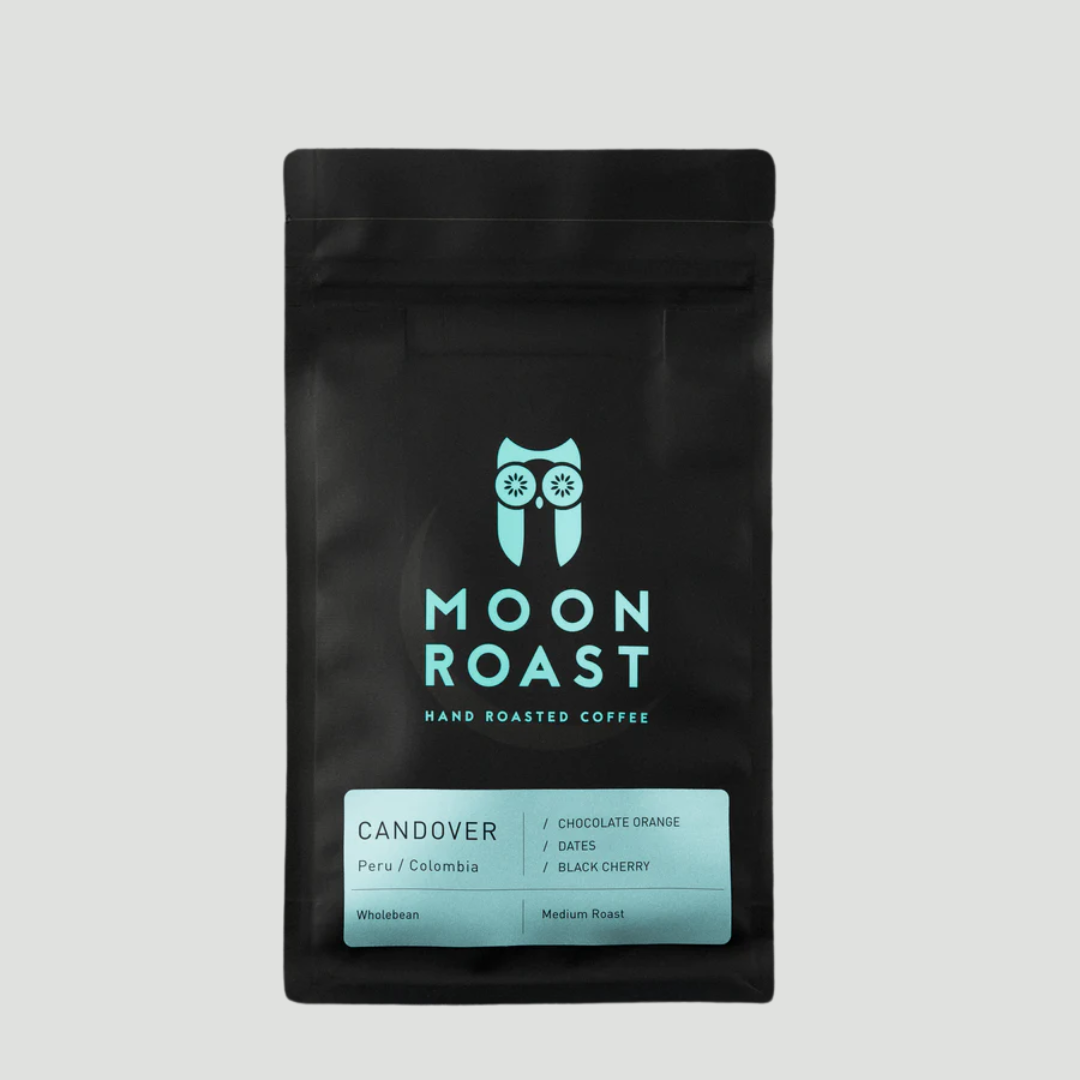Washed vs. Natural vs. Anaerobic – What Does It Mean for Coffee?
Ever noticed a coffee bag describing its processing method as washed, natural, or anaerobic and wondered what it actually means? These terms refer to how the coffee cherry is treated after harvest, and they have a huge impact on the final flavour in your cup. If you’re looking to explore specialty coffee and understand why your brew tastes the way it does, here’s a simple breakdown of the three main processing methods.
Washed (or Wet) Process
The washed process is all about clarity. Once the coffee cherries are harvested, the outer fruit is removed using water and the beans are fermented in tanks to remove any remaining mucilage (the sticky layer around the bean). After fermentation, the beans are washed clean and then dried.

What it tastes like: Clean, crisp, and vibrant. Washed coffees tend to highlight acidity and origin characteristics more clearly, making them a favourite for filter brewing.
Example from Moon Roast: Ethiopia Beshasha — floral and citrus-forward with a tea-like clarity, perfect for V60 or Chemex.
Natural (or Dry) Process
This is the oldest method of processing coffee and often the most fruit-forward. After harvesting, whole coffee cherries are laid out to dry in the sun with the fruit still intact. As they dry, the fruit sugars and flavours seep into the beans.

What it tastes like: Fruity, sweet, and often a little wild. Natural processed coffees can have bold, jammy flavours and a fuller body.
Example from Moon Roast: Ethiopia Chelbesa — bursting with notes of peach and lemon, a perfect introduction to the natural process.
Anaerobic Process
A more experimental approach, anaerobic processing involves fermenting the coffee beans in sealed, oxygen-free tanks. This method allows producers to control the fermentation environment, which can lead to complex and distinctive flavour profiles.

What it tastes like: Often punchy, with layered sweetness and unexpected flavours. Anaerobic coffees can be bold and expressive, sometimes with tropical fruit, spice, or even boozy notes.
Previous example from Moon Roast: Nicaragua Finca San Antonio — a nuanced cup with red grape and toffee apple sweetness, showing how balanced and elegant anaerobic coffee can be.
Which Process Should You Try?
It depends on what you love in a cup. If you prefer a cleaner, brighter brew, go for washed. If you enjoy fruitier, rounder flavours, try a natural. If you're feeling adventurous, an anaerobic coffee can offer something totally different.
At Moon Roast, we offer a rotating selection of single origins processed using all three methods, so there's always something new to explore. Check the label, follow your taste buds, and don’t be afraid to experiment.
- If you love clean, crisp, and bright coffees, go for washed.
- If you prefer sweet, bold, and fruit-driven cups, try natural.
- If you’re feeling adventurous and want something unique and complex, anaerobic is the way to go.
There’s no right or wrong - just a world of flavours to explore.





